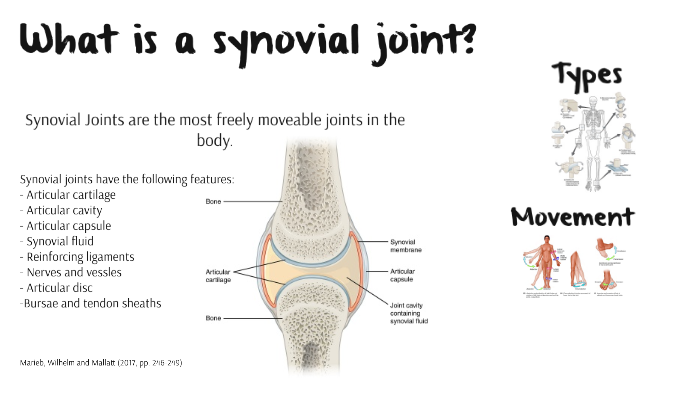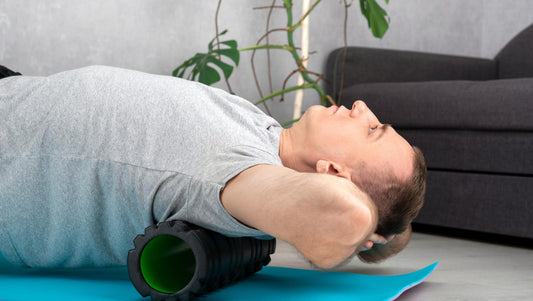A lot of people we know are now working from home, which sounds cool and can
have a lot of advantages; making a pot of coffee and sipping it as you open your
laptop in your PJs, doing a load of laundry as you diligently complete that project.
But it can also be really difficult at times; not leaving the house for hours, sitting
down for long periods of time, and feeling “stuck” physically and mentally. Sitting down for a long time can be stressful for the body. I find that a lot of people often think about how our body can be stressed in a variety of ways: in positive ways like exercising and negative ways like mentally stressing about things, which can translate over physically to an upset stomach, tight muscles, etc. But what about sitting down? Doesn’t that place a ton of consistent stress on the low back, pelvis, and all the surrounding tissues? Absolutely.
- We tend to hunch over, oftentimes without even realizing it, which consistently shortens the tissues on the front of our body and lengthens the ones in the back. This can create an imbalance that can lead to discomfort, pain, and even injury. A lot of fluid is moved in between and within our body’s tissues when we move, and the opposite happens when we don’t move.
For example, the intervertebral discs and synovial joints in our body need movement in different directions in order to remain hydrated and healthy. If you don’t use it (movement), you lose it.

Go back to the first bullet and apply it to the hips. When we sit down the front
of our hips (hip flexors) shorten while the backside of our hips lengthens (glutes and more). Again, this can create an imbalance in tissue length and function which can become very problematic.
So, what can we do without losing the productivity we need, while also even
stimulating the brain in a way to enhance mental processing and decreasing mental
and physical stress? We need something that is quick, easy and we can do anywhere, anytime. For me, creating a morning and afternoon routine has helped a lot to improve productivity and help me feel better mentally and physically so a consistent pattern of behavior is established. Consistency is nice; it makes things easy and we know what to expect.
What do I recommend? Here’s what I do in the afternoon after working from home
for a few hours. Give it a try and let us know how it works for you. Keep in mind that different tools and techniques work better for different people. Feel free to modify anything I do to make it fit well for you.
Self Myofascial Release (SMR)…but where? How do you know where to perform SMR to get the most bang for your time? Figure out where you are feeling most hypermobile (“stuck”) and do a round of SMR in that area, as well as above, below, and beside it; maybe you figure this out before you start working on your computer while on your morning walk and/or other movement practice?

SMR: Upper Thorax (Chest)
1. I love the RAD Centre because I can blow it up as much or as little as I want.
Just remember, less is more. We don’t need and don’t want, a ton of pressure
because that’s more likely to tighten up tissues rather than release them.
2. Lie on a mat stomach-side down with the RAD Centre on your sternum
(breastbone). It should feel soft and comfortable. You’re only looking to
stimulate the tissue in a non-threatening way, so look for “your spot” that
feels comfortable, non-painful, but also a little restricted.
3. You can use the RAD Block or something else to help hold your head up so
you can remain relaxed.
4. Breathe INTO the RAD Centre to move and expand your ribs, while also using
your diaphragm (your belly should move out during a deep breath in). You’re
promoting slide and glide (mobility) among these tissues by lightly pinning
the top layer of tissues around the sternum and ribs and moving the deeper
ones.
5. After performing 10-20 deep breaths, move the Centre up, down, or to the
side of the area, you were just on and repeat.
6. Progression: as you breathe in lift your chest off the ground just an inch or
two to start and lengthen those tissues even more.


Move It or Lose It
1. Now educate your nervous system that there is a new level of tissue mobility
in that region; if you don’t prove this to your body it will never know it exists
and won’t use it, and you’re more likely to remain restricted.
2. Again, lie down on your mat stomach-side down. You can use the RAD Block
or something else to support your forehead to remain in cervical neutral.
3. With your arms starting at your sides, breathe in (to continue expanding the
ribs), raise your chest a couple of inches off the mat, and draw straight arms up
behind you while rotating your hands so your thumbs point toward the
ceiling. Hold it there for 1 second and return to start.
4. Repeat for 10 deep breaths
5. Progression: Perform the same movement on a stability ball if you are
familiar with it and feel safe. You may also use light exercise bands and
perform I’s, Y’s, T’s, and A’s.

SMR: Abdominals
1. How many people do you know who mobilize this area of their body?
Probably not many. The abdominal cavity takes up so much real estate on the
front side of our body and houses a lot of important internal organs. Is it
possible to physically stress these organs with fascial and tissue restrictions
and, as a result, they don’t work quite as well as they used to? For sure! Then
let’s not forget about this area!
2. Start by laying down on your stomach with the RAD Centre to the side of you
in easy reaching distance. Create a large base of support by drawing one knee
out to the side; a large base of support helps place less body weight on the
tool, which is even more important in this body region; we never want to feel
pain with SMR.
3. Now place the RAD Centre under the abdominals on the side where the knee
is out to the side. Scooch forward, backward or to the side a bit to find “your
spot”.
4. The same thing you did for the sternum, breathe into the Centre by taking 10
deep breaths using your diaphragm.
5. Move the Centre to the other side of the abdominal cavity while also drawing
out your other knee and repeat.

Move It or Lose It: Time to educate...
1. Since these tissues are usually shortened over a long period of time, we need
to do the opposite now; lengthen them in different directions.
2. Start by standing with your feet hip-width apart. Exhale and raise one arm above your shoulder and slowly side bend to the
other side
3. Pause at the end range of motion, take a deep breath in, and return to start on
the exhale
4. Progression: Raise the other arm to the side when you’re at your end range
of motion to apply some positive stress to the side of the body. Take a deep
breath in, lower the arm, and return to start.
5. Keep in mind you could also do the same exercise above for the chest to
lengthen the abdominals in yet another direction.

SMR: Hip Flexors
1. This can be another sensitive area so good thing we have the Centre to start.
2. Begin by laying down on your stomach
3. Place the RAD Centre under the front hip bone (ASIS) and draw the opposite
knee out to the side; if you feel unstable on the ball you may need to deflate it
a bit
4. Find “your spot” and leave it there for 10 deep breaths
5. Then raise your knee off the mat about 1-2 inches, hold it for one breath, and
lower it back down
6. Progression: If you feel comfortable so far you can add some leg rotations
while your knee is off the mat by drawing your foot toward your midline and
away. This will help get the tissues moving easier when you need to rotate
your leg and can assist in decreasing lower back pain (lack of leg rotation can
be a predictor to low back pain)
Move It or Lose It
1. Do any martial arts? This could be a great time to do some back kicks, among
others
2. If that’s not your forte’, no worries
3. Stay on the mat and do some glute strengthening (and hip flexor
lengthening) by continuing to draw 1 or both knees off the mat without the
RAD Centre under your hip. You can breathe out as you raise your bent knees
and breathe in on the way back down.
4. Progression: Add the leg rotations but don’t force any movement. Just let it
happen.
There you have it. All of this can take less than 10 minutes, or more if you’re really diggin’ it. You decide. But do something to support the balance of mind and body. I’d also recommend going for a walk, walk the stairs in your house, yoga, something full-body after these SMR techniques and exercises to bring it back to the whole body.
Have fun and keep rolling!
Written By: Roy Choquette CSCS, CES




















